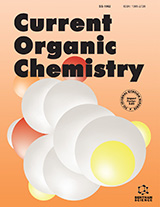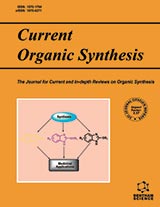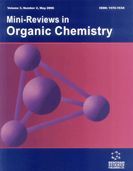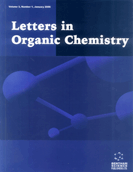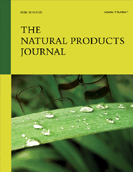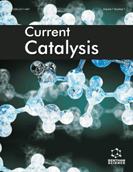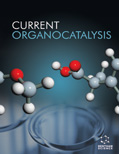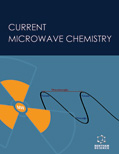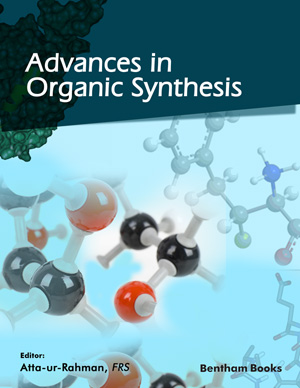Abstract
The Electron Localization Function (ELF) has played in the last time an important role in understanding the special characteristics of the chemical bond. The chemical interpretation of the ELF as an indicator of the regions of the space where it is most probable to find a localized electron pair has been of great value in order to understand some complex chemical bonds. In this work, the ELF has been used to study the delocalization and aromatic character of a diversity of molecules. It is shown that whereas the analysis of the total ELF does not provide clear information about aromaticity, the separation of the function on its σ and π parts yields indeed valuable information about it. Moreover, it is possible to construct a quantitative scale of aromaticity. It is also shown that the use of the ELF to understand aromaticity is complementary to other methodologies. The study includes mono substituted benzene derivatives, cyclic organic compounds, borazine molecule and the mechanism of acetylene trimerization.
Keywords: Electron localization, ELF, Aromaticity, ELF TOPOLOGICAL CONCEPTS, Localized orbitals, ellipticity, B3LYP, CYCLOADDITION REACTIONS, layer chromatography (TLC), Spectroscopy, Atoms in Molecules (AIM), Fisher carbenes
Current Organic Chemistry
Title: Electron Localization Function as a Measure of Electron Delocalization and Aromaticity
Volume: 15 Issue: 20
Author(s): Patricio Fuentealba and Juan C. Santos
Affiliation:
Keywords: Electron localization, ELF, Aromaticity, ELF TOPOLOGICAL CONCEPTS, Localized orbitals, ellipticity, B3LYP, CYCLOADDITION REACTIONS, layer chromatography (TLC), Spectroscopy, Atoms in Molecules (AIM), Fisher carbenes
Abstract: The Electron Localization Function (ELF) has played in the last time an important role in understanding the special characteristics of the chemical bond. The chemical interpretation of the ELF as an indicator of the regions of the space where it is most probable to find a localized electron pair has been of great value in order to understand some complex chemical bonds. In this work, the ELF has been used to study the delocalization and aromatic character of a diversity of molecules. It is shown that whereas the analysis of the total ELF does not provide clear information about aromaticity, the separation of the function on its σ and π parts yields indeed valuable information about it. Moreover, it is possible to construct a quantitative scale of aromaticity. It is also shown that the use of the ELF to understand aromaticity is complementary to other methodologies. The study includes mono substituted benzene derivatives, cyclic organic compounds, borazine molecule and the mechanism of acetylene trimerization.
Export Options
About this article
Cite this article as:
Fuentealba Patricio and C. Santos Juan, Electron Localization Function as a Measure of Electron Delocalization and Aromaticity, Current Organic Chemistry 2011; 15 (20) . https://dx.doi.org/10.2174/138527211797636200
| DOI https://dx.doi.org/10.2174/138527211797636200 |
Print ISSN 1385-2728 |
| Publisher Name Bentham Science Publisher |
Online ISSN 1875-5348 |
 11
11
- Author Guidelines
- Bentham Author Support Services (BASS)
- Graphical Abstracts
- Fabricating and Stating False Information
- Research Misconduct
- Post Publication Discussions and Corrections
- Publishing Ethics and Rectitude
- Increase Visibility of Your Article
- Archiving Policies
- Peer Review Workflow
- Order Your Article Before Print
- Promote Your Article
- Manuscript Transfer Facility
- Editorial Policies
- Allegations from Whistleblowers
- Announcements


